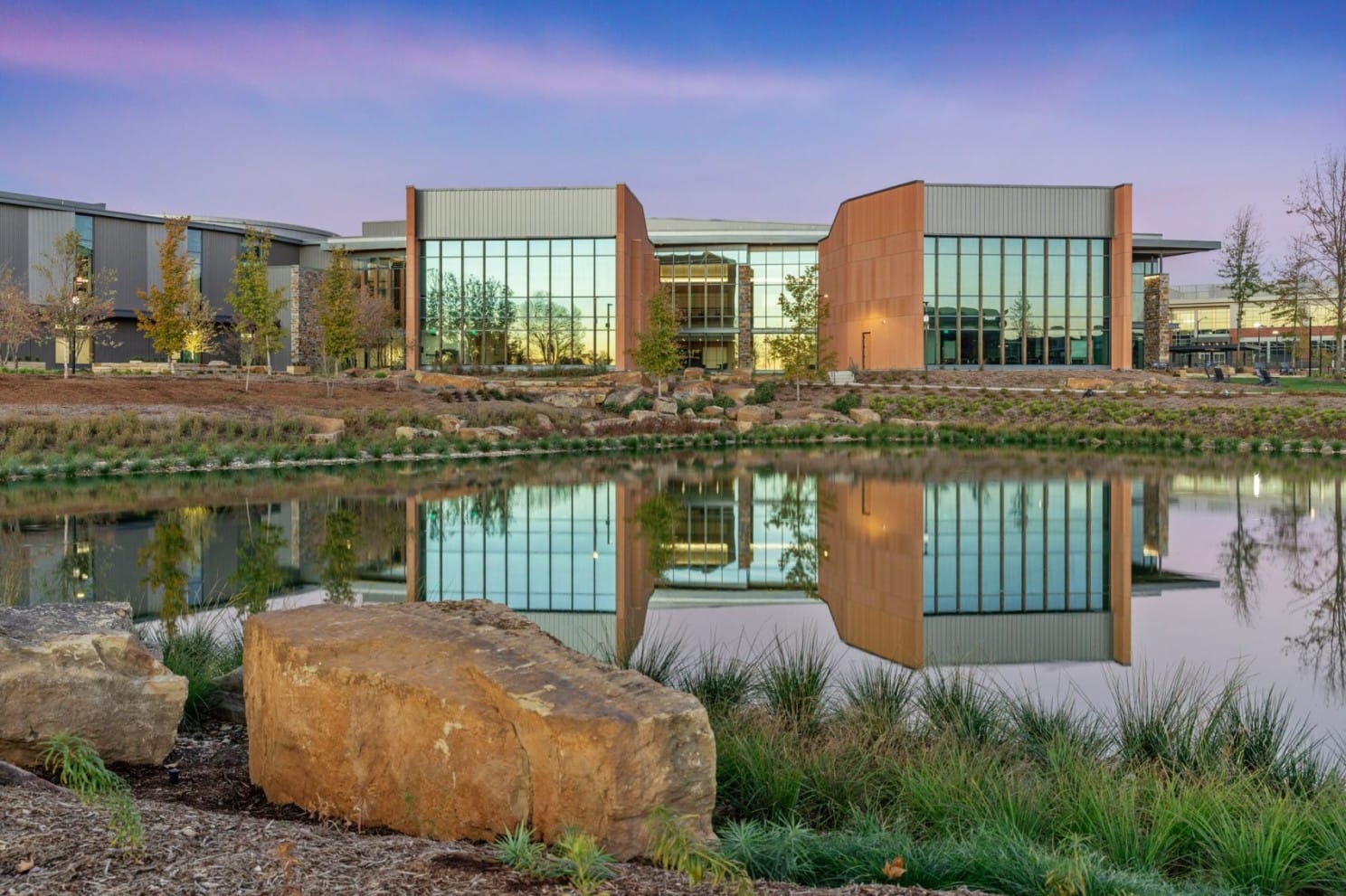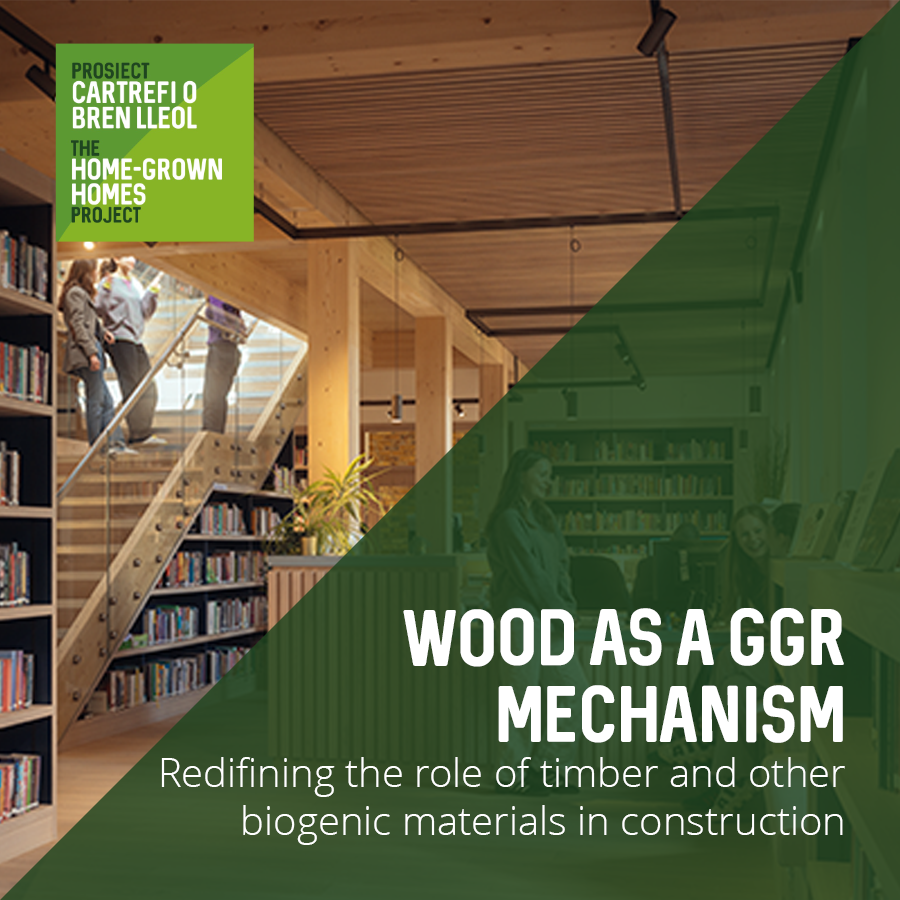
Sunday Brunch: Can timber deliver what other carbon capture technologies cannot?
The use of timber in buildings continues to grow, driven by a mixture of environmental and financial considerations. One less explored aspect is the ability of construction timber to lock up carbon for long periods. Could this be a lower cost way of delivering carbon capture & storage?
As an investor, in both equity and debt, I always preferred proven technologies and solutions over those that were more speculative. In terms of the technological readiness scale preferably an 8 or 9. The financial risk involved in commercialising a new solution or product is high enough (demand, cost of roll out etc) without adding the chance that it simply might not work. And I don't think I was unusual in this. Yes, some investors like moon shots, but normally only as part of a portfolio of bets.
All of this makes the current desire to find private funding for Carbon Capture and Storage (CCS) technologies slightly puzzling. Yes, we know that the technology works in some situations. Many years ago I worked in the gas industry, and we used the process to remove CO2 from our gas stream as it damaged our pumps etc. But as far as I am aware, we have struggled to make it work in different environments - both in terms of cost and extraction rates. This is not to say it will never be made to work, but at the moment it feels more of a bet than an investment.

However, it's important to note that the consensus view (as per the IEA etc) is that it's a solution we are going to need. To quote the IEA "CCUS is an important technological option for reducing CO2 emissions in the energy sector and will be essential to achieving the goal of net-zero emissions."
From where I sit, it is probably correct that even if we use most of the tools we have available, there will still be some industries where materially reducing CO2e emissions will not be financially viable. At least not without massive government support.
But from a financial perspective it's not clear to me where the private funding for many of the proposed technological solutions will come from.
So maybe we should be exploring less technologically uncertain solutions.
Could part of the answer be using more timber in construction? This is already a technologically proven alternative that gives other benefits, and is easy to scale.
This is part of the pitch from Woodknowledge Wales, the BioComposites Centre and the ASBP. For it to happen we need governments to look at the carbon reduction challenge differently, and we need systems to be in place to scale up and ensure compliance.

Using more timber might not be glamorous, but it could help to soak up some of the excess CO2 in our atmosphere. No, it's not the total solution, but it feels as if it's worth investigating further. And it could be a financially viable business.
We don't seem to see 'timber in construction' as carbon capture
While this is not the first time I have read about this topic, the recent report from Woodknowledge Wales, the BioComposites Centre and the Alliance for Sustainable Building Products (ASBP) prompted some further thought on my part.
I apologise (a bit) for simplifying the debate, but I think in sustainability it's possible to get quickly bogged down in the detail. This is not great for investors, who want to understand the principles of how this might work, and at what scale could it operate. Once we have that fixed in our minds (the narrative - to use Damodaran's framework), we can add the detail (the numbers).
Back to the report. Their points are simple. First up, in the 'right' situations timber in buildings can act as a significant carbon store. And this is already recognised by the IPCC and the UNFCCC (United Nations Framework Convention on Climate Change). But in many cases this does not translate into a formal recognition by governments.
And to be clear, what we are talking about here is the long term capture of carbon that is already in our atmosphere, an objective that is similar to the carbon capture and storage (CCS) projects that governments around the world are spending US$ billions on, with so far little progress.
By contrast the use of timber in buildings is already a largely well established technology, that could be quickly scaled up.
Let's be clear on the distinction. The use of timber as a carbon store is an example of Greenhouse Gas Removal (GGR). Think of it as extracting existing GHG's from the atmosphere. By contrast CCS is about capturing carbon dioxide emissions before they enter the atmosphere (e.g. from power plants) and storing them underground. They are similar in targeted outcomes (less GHG in our atmosphere), but the approaches are treated very differently by governments in terms of financial support.

Second, GGR using timber in construction could be a material contributor to reducing GHG's in our atmosphere. Taking the UK example from the report, housing alone could deliver a GGR of 6.4 MtCO2 e/year if we had widespread adoption of timber rich timber frame construction. How does this compare with CCS ? In October 2024, Ed Miliband, the UK’s Secretary of State for Energy Security and Net Zero, announced £21.7 billion support for CCS technology development over the next 25 years to deliver a forecast removal of 8.5 MtCO2 e/year.
So why is this not happening already?
It's partly political and partly practical. The political bit is getting governments to think differently, and to step away from current thinking that CCS will be a big win, if only you throw enough money at it (a bit like green hydrogen really).
While delivering political change could be tough, the practical bit is actually the most challenging. One big issue is duration - making sure that the timber used stays as a carbon sink for a long enough period. While most of Europe's commercial building stock is old (on average 21.6% of the building stock was built before 1945, 45.4% was built before 1969 and 75.4% before 1990) even these timescales are not really long enough.

Therefore we need to ensure that the timber has a viable secondary use. As the Woodknowledge Wales report points out "circular approaches are an essential part of optimising the carbon benefit of the wood value chain. Recycling ensures that the carbon storage duration is extended into the next product life". This could include recycled products such as wood based panels or recycled glulam beams and cross laminated timber.
And this is not the only challenge. Insurance of commercial timber buildings is another (both fire and water damage). And then we have the tangled question of where the timber comes from. And how do we track it's re-use?
Yes, these challenges are not easy to overcome. But given the problems being faced by CCS projects (see here and here) this could be a lower cost, quicker win solution for governments.
On a personal note some of you might have noticed that I have published a lot less over recent weeks. I don't get paid to write these blogs, it's a personal mission of mine to use my investment experience to assist in delivering the sustainability transitions. And sometimes family becomes the priority. To misquote Allen Saunders and more recently John Lennon "life is what happens to you while you're busy making other plans”. And sometimes life serves you some hard knocks. Hopefully we have turned the corner.
One last thought
We need to remember that not all timber used in buildings is good. We wrote about this back in April 2023, quoting work done by carbon expert Amy Leedham. Yes, the use of timber as a structural element in buildings, replacing steel or concrete, is on the rise. And, in many cases this is a good thing. Timber can be a cost effective, lower carbon and more sustainable solution. But we can sometimes carry this narrative too far. Not all timber in buildings is good.

And going further a 2023 report from the World Resources Institute found that "using wood to replace concrete and steel could have lower emissions under certain conditions, but they’re challenging to achieve".
Grant me the strength to accept the things I cannot change, the courage to change the things I can, and the wisdom to know the difference. Reinhold Niebuhr - a Lutheran theologian in the early 1930's
Please read: important legal stuff. Note - this is not investment advice.






